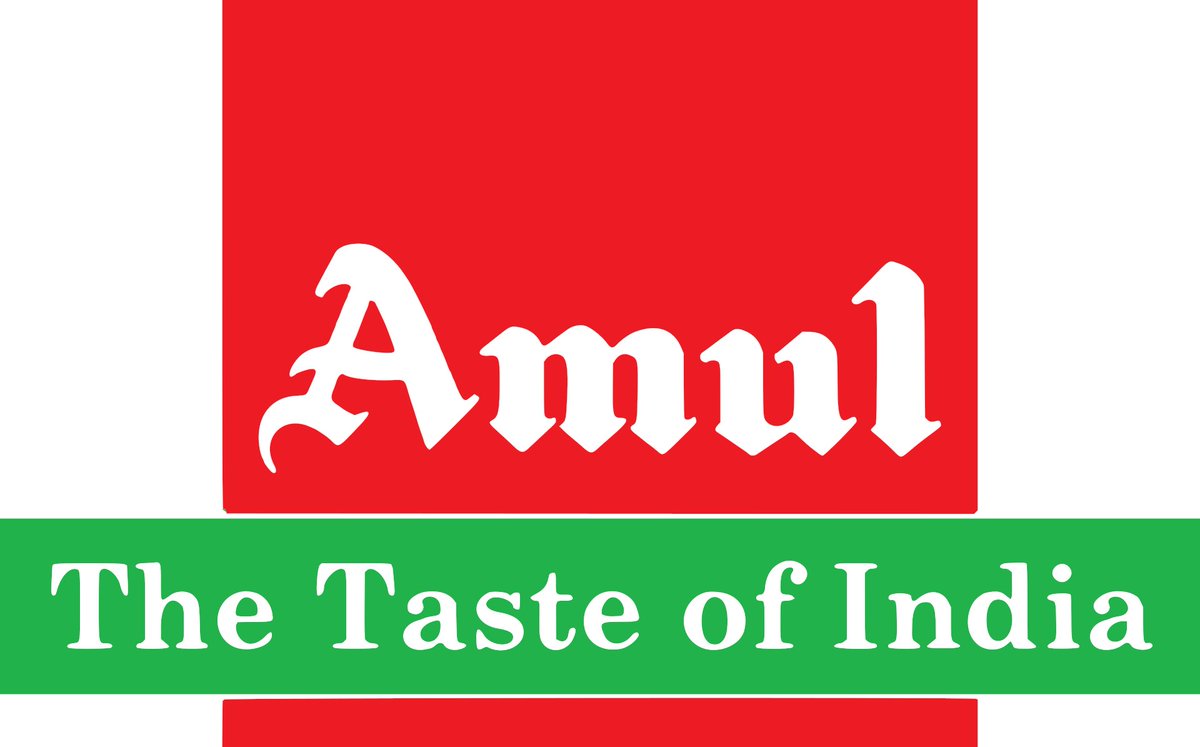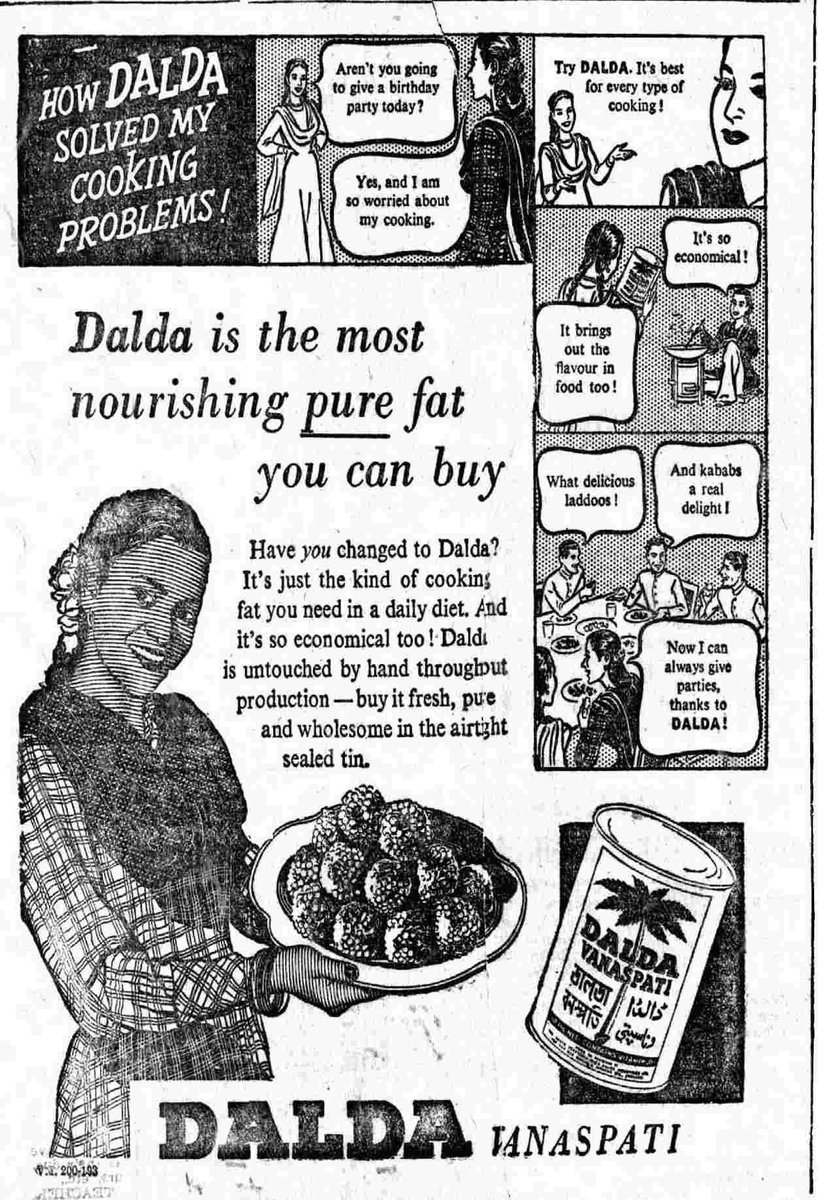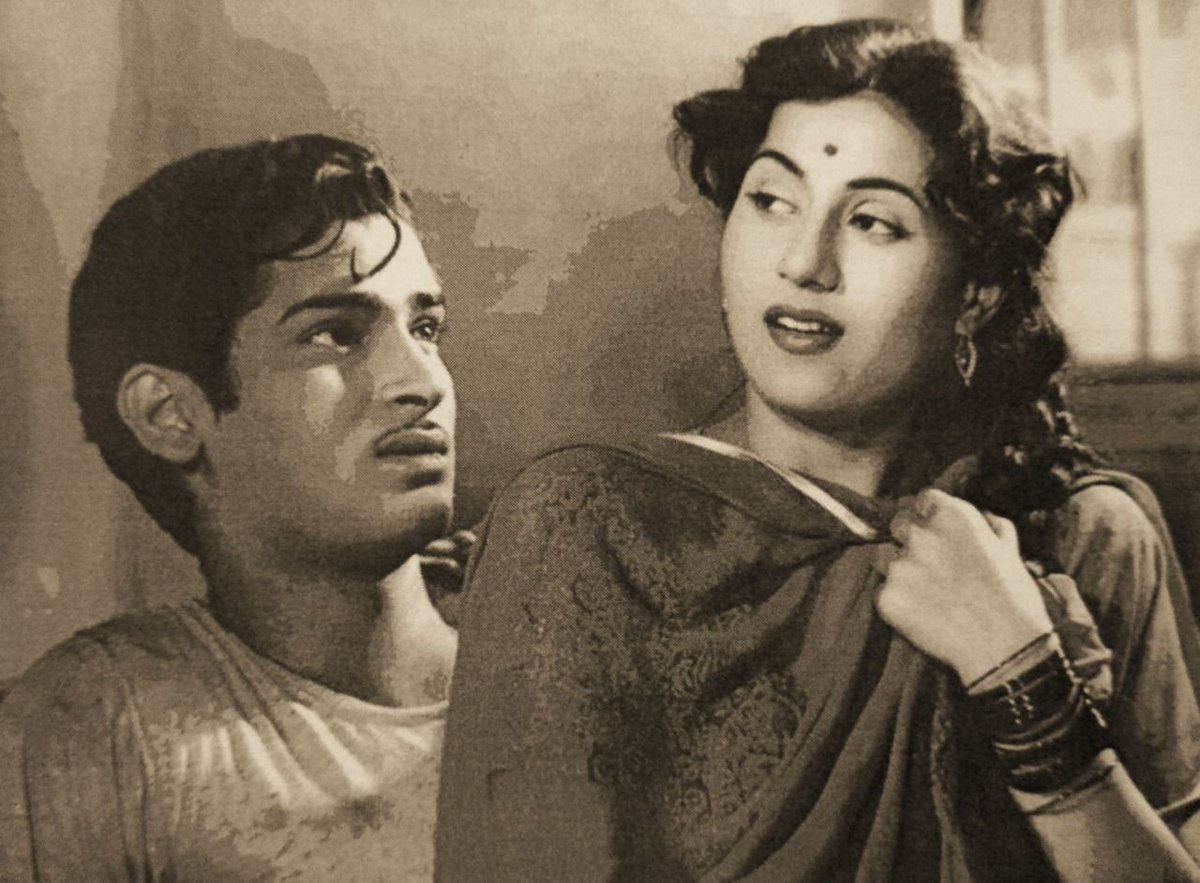
1/6. Mountaineering history was made on 29th May 1953, when two men summited the world’s tallest peak, Mt Everest. One was Edmund Hillary from New Zealand and the other Tenzing Norgay from India. But, wait, was Norgay really Indian? 

2/6. Even as Nepal and India claimed Tenzing Norgay as their own, the mountaineer went to England to be felicitated as part of the Everest party, with passports of both countries! He was born in Nepal but settled in India, in Darjeeling, at age 19. He lived there ever since. 

3/6. Summiting Everest was a feat not only for Tenzing Norgay – it was a matter of pride for India too. Norgay was awarded India’s Padma Bhushan in 1959, and the country’s highest adventure sports honour, the Tenzing Norgay National Adventure Award, bears his name.
4/6. #DidYouKnow that Tenzing Norgay adopted 29th May, the day he summited Mt Everest, as his birthday? He had no written record of his birth day, which was in the year 1914. Norgay died on 9th May 1986, in Darjeeling, West Bengal. 

5/6. #DidYouKnow that when Edmund Hillary and Tenzing Norgay reached the summit of Mt Everest in 1953, they did not plant their countries’ flags on the peak? Instead, Hillary placed a small cross in the snow while Norgay, a Buddhist, scattered a few chocolates as an offering. 

6/6. #DidYouKnow that Edmund Hillary, the man who summited Mt Everest along with Tenzing Norgay in 1953, was High Commissioner of New Zealand to India from 1985 to 1988?
#MakingofModernIndia
#MakingofModernIndia

• • •
Missing some Tweet in this thread? You can try to
force a refresh




















